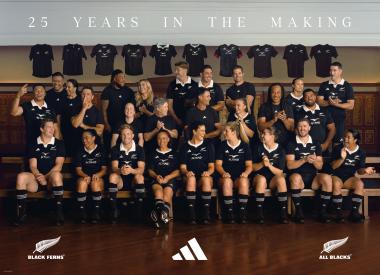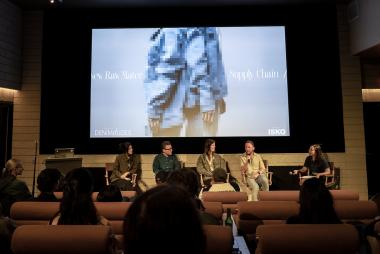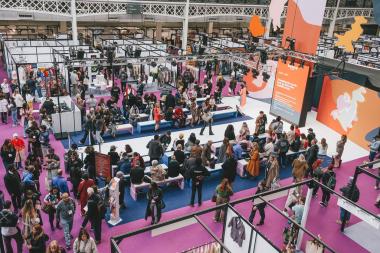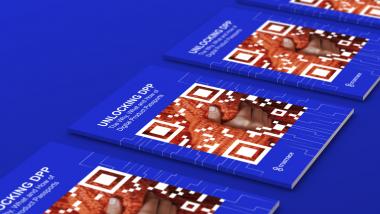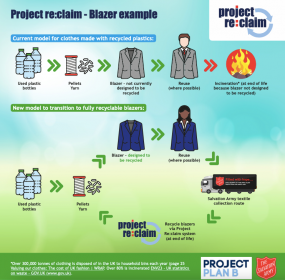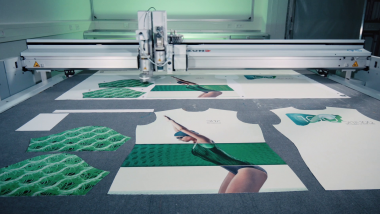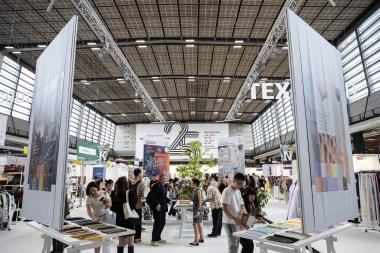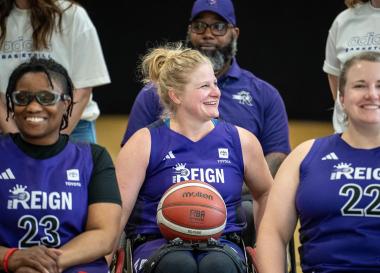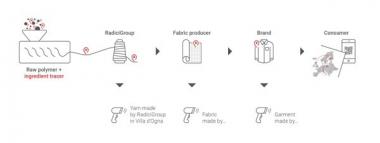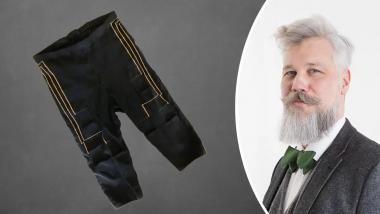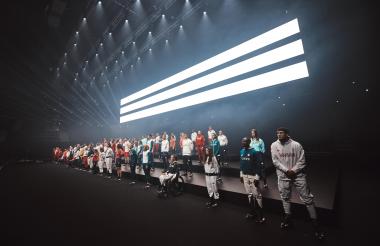adidas and New Zealand Rugby celebrate 25 Years of Partnership with new Kit
adidas and New Zealand Rugby reveal their latest jersey designs due to be worn for the 2024 international season. Going back through the archive to the roots of the partnership, adidas designers revisited design elements synonymous with New Zealand Rugby, to craft a shirt 25 years in the making for both the All Blacks and Black Ferns.
Bold in its simplicity, the jersey offers a traditional block-black base adorned with unique silver detailing - selected for its traditional use to mark a 25th anniversary - on an enlarged fern emblem, the adidas logo, and the iconic three stripes which run down both shoulders for the first time. The jersey is punctuated by the return of an all-white collar design; a popular feature seen on some of the most loved New Zealand Rugby jerseys, including the design that saw All Blacks win the 2011 Rugby World CupTM.
Developed based on specific player feedback, the All Blacks version features a double-knit fold over design, while the Black Ferns jersey incorporates a round neck design. For the first time, the Black Ferns and All Blacks are united under a single design, creating a special link between two of the sport’s best teams.
The on-pitch jersey is made with a high-performance yarn which contains at least 89% recycled polyester, while the replica jersey is made using 100% recycled polyester.
adidas AG


